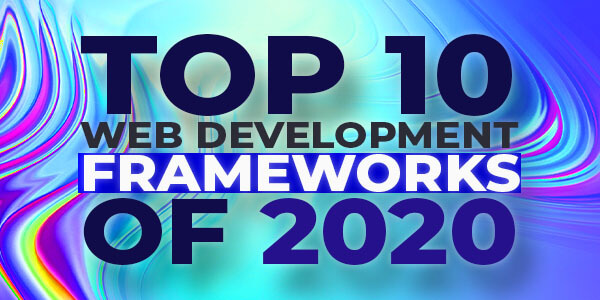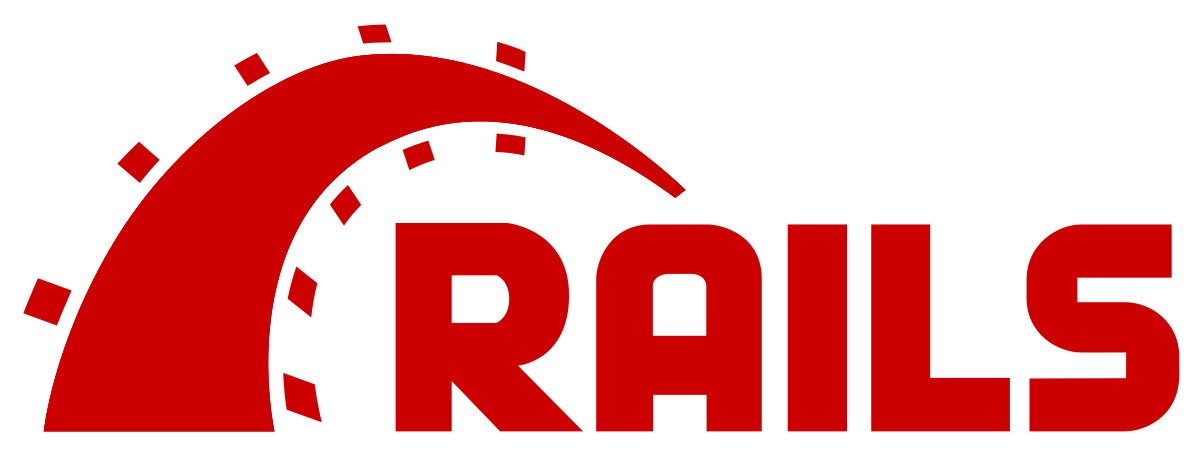
Introduction
Today, frameworks are an essential part of web development. As the standards of web applications continue rising, so does the complexity of the technology needed in development. Currently, there are more than 20 frameworks available for web development. What are some of the best backend as well as frontend frameworks to take note of in 2020? What are their advantages and disadvantages? We have curated the top 10 frameworks that are most common in 2020.
Ember
Ember is a Model-View-Controller framework whose main purpose is to develop large client-side web applications. Ember uses Handlebars.js as a template engine. Handlebars.js allows a developer to effectively build semantic templates.
Ember is very similar to Angular but their architectures differ in several ways. Ember allows easier addition of interactivity to large data sets and handles changes more efficiently than Angular.
Yii
Yii is a top-performing PHP framework. It is open-source, and an object-oriented Model-View-Controller framework. The Yii framework uses Gii – a special code generator tool with a web interface and a command-line interface. This framework makes use of Ajax-based widgets for data validation and allows easy merging of third party interfaces. Yii framework increases a website’s performance by enabling faster page loading times.
Symfony
Just like Yii, Symfony is an open-source PHP framework that works based on the Model-View-Controller architecture, which makes it suitable for building scalable web applications. A set of reusable and decoupled PHP libraries called Symfony components helps a developer reuse code without necessarily having to write lengthy blocks of code.
Angular
Angular is one of the best and widely used frameworks, developed and maintained by Google. Angular is mainly used to develop high performance as well as large web applications. Angular is a front-end web framework that can be used to build client-side applications, as Lee Crosdale shows in the project; Learning Angular.
Angular 1.x used JavaScript, but later versions adopted Typescript, which is JavaScript’s superset.
Django
Django is a Model-View-Template Python web framework. The fact that Django is based on Python, one of the most popular programming languages, makes it a top pick for many developers. Django follows the MVT architecture, a variation from the famous MVC architecture. This means that upon a Django server receiving a request, the URL router sends the request to the appropriate view, which then fetches data through models, filling the template and finally sending it to the user.
Rails
 Rails is a Ruby-based Model-View-Controller framework, popular with many developers. Some of the popular users of Rails include Github, Shopify, and Airbnb. The Rails framework is very friendly for beginners. It helps them get started with web development faster. Rails has library-like dependencies that help developers extend application functionalities, helping them develop efficiently and faster.
Rails is a Ruby-based Model-View-Controller framework, popular with many developers. Some of the popular users of Rails include Github, Shopify, and Airbnb. The Rails framework is very friendly for beginners. It helps them get started with web development faster. Rails has library-like dependencies that help developers extend application functionalities, helping them develop efficiently and faster.
React
React is not a framework., like the rest, but rather a front-end library. It is, however, compared in the context of a framework by many developers. React is developed and maintained by Facebook. Just like Facebook, Instagram also uses React. It can be used on both client-side and server-side. One of React’s main advantages is its virtual dom, which makes dom-manipulation faster, thanks to its JSX syntax. Maxim shows how to build a cross-platform mobile application in React.
JQuery
JQuery has been around for some time. It is a small and rich JavaScript library. It has a simple and easy to use interface and works across many platforms. JQuery enables HTML document traversal, animation, manipulation as well as event handling.
Vue.Js
Vue.js, commonly referred to as Vue, is an open-source Model-View-Viewmodel, JavaScript-based framework. Vue is mainly common in building user interfaces and single-page web applications. Vue’s core library is focused on the view layer only. It is a progressive framework that allows a developer to adopt it for a section of a project while other sections use other frameworks. 
Express
Express is a web framework for Node.js. It is an open-source framework used to build web applications and APIs. Express is increasingly becoming popular for its compatibility with other frameworks, including Sails, Loopback, and Kraken. Express is flexible, supports full applications and REST API.
Conclusion
Looking to be a full stack web developer in 2020? This article outlines some of the best front-end and backend web development frameworks. We suggest you learn two frameworks, one from front-end and one from-back end.









